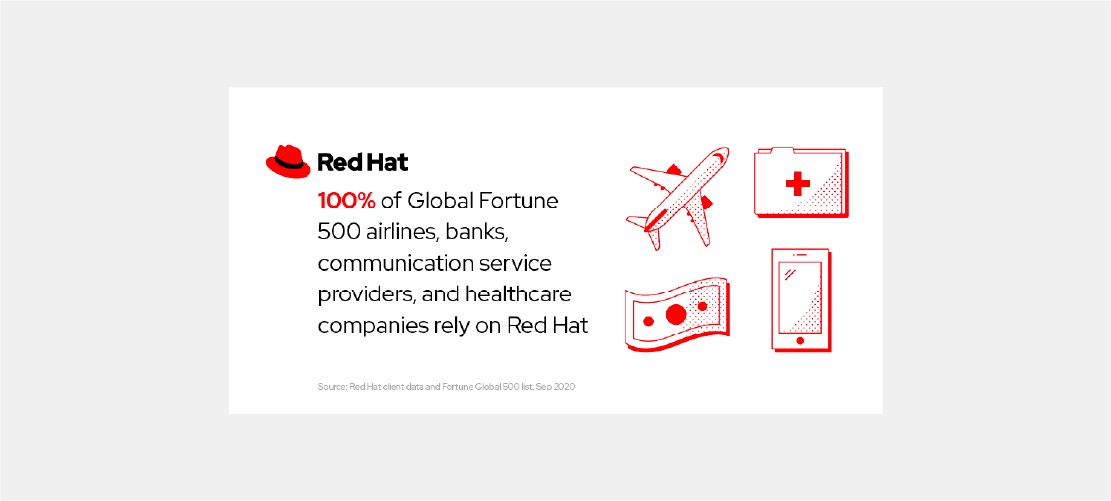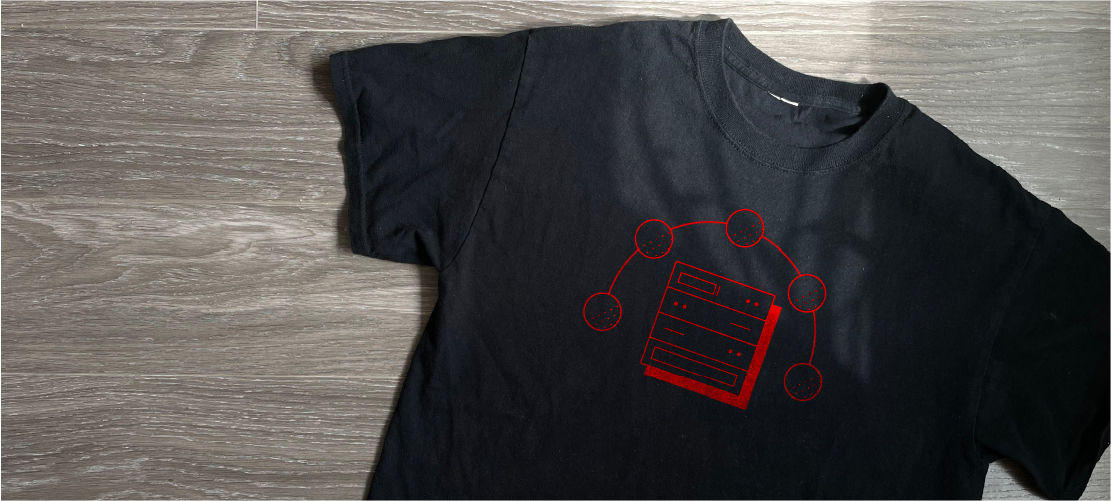Active, not passive.
Red Hat’s illustration style implies movement and activity. Illustrated people are realistic and dynamic, not oversimplified or static.
Intentional, not superficial
Our style is refined and thoughtfully designed to complement the complex nature of our products. They’re approachable, but not cartoonish or childlike.
Informative, not decorative.
Red Hat® illustrations are more than eye-catching. They should complement and enhance the message they’re paired with and tell a story about our technology or our customer’s business.
Open, not closed.
With diverse people and diverse thoughts, the best ideas come from everywhere. We include a broad range of people and environments that go beyond the traditional enterprise technology cliches.























